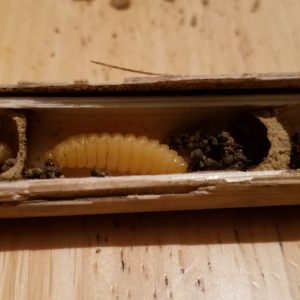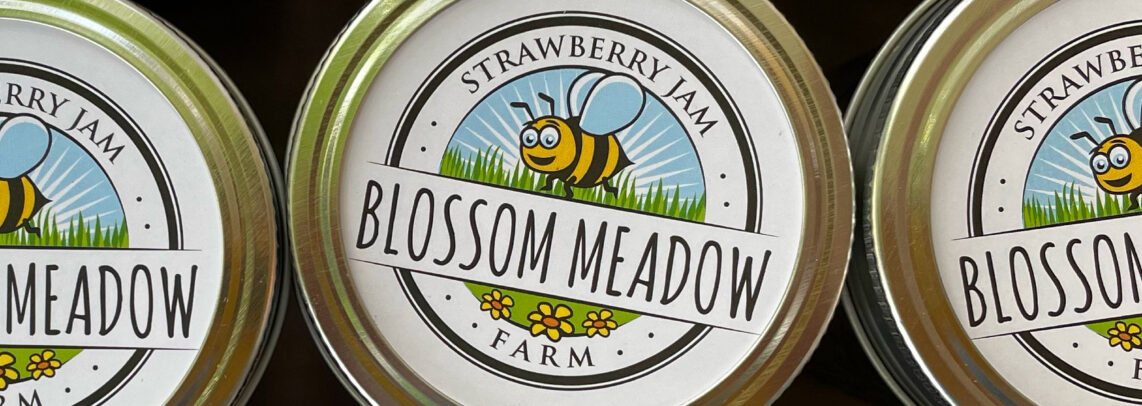Often overlooked, predatory wasps suppress pests of fruits, vegetables and ornamental plants, are a natural part of all terrestrial ecosystems and in the past were the primary means of pest control on farms. The vast majority of wasps are solitary and all solitary wasps are nonaggressive as their stingers are used mainly for hunting rather than defense. Solitary wasps are beneficial insects because, depending on the species, the females hunt different insect populations like moth caterpillars, beetle larvae, weevil larvae, adult moths, and adult beetles to provision their nests. Solitary wasps provide benefits way beyond pest control though – they are high-protein snacks for songbirds and other wildlife.
A subset of solitary wasps build nests in old, dried plant stems or reuse the burrows created by wood boring insects (e.g., beetles) that have exited dead tree branches or tree trunks. Hunting and nest building by predatory wasps is exclusively done by the females. The wasp females nest as individuals. They fill a cell with prey, lay an egg, seal it and fly away. The wasp constructs cell partitions within the tunnel, and caps nest entrances with mud, resin, or plant materials depending on the wasp species. Solitary wasps are not aggressive because they do not have a large colony to protect. Instead, only larvae and prey reside in the nest and their own body (and hence the ability to lay eggs) is most important so they stay to themselves. As adults, wasps feed on nectar and aphid honeydew.
Various solitary wasps in the Crabronidae, Vespidae and Sphecidae families are common inhabitants of existing holes. A species of potter wasp (Vespidae) took up residence in several of the hollow plant stems deployed at Hallock State Park in 2018 (pictured). Unlike many wasps that place their egg on their prey or at the bottom of the cell, potter wasps suspend their egg from the top of the cell. When it hatches, the wasp larva is hanging directly over its caterpillar provisions. The larva remains attached until the first caterpillar or two is devoured. Afterward, the potter wasp larva drops down and feeds on the rest of the prey. According to Eric Grissell in his book Bees, Wasps and Ants (1), this behavior has come about because female potter wasps only partially paralyze their hosts. A tiny wasp larva might be crushed if it had no way to maneuver away from its “twitching dinner plate.” Potter wasps can spawn 2-3 generations within a year, and the species overwinters as larvae during the cold winter months. There are 67 species of potter wasps found in the northeast (2), of which 13 species were found in trap-nests at Black Rock Forest Preserve, New York in 2003 (3).

(1) Grissell, Eric. 2010. Bees, wasps, and ants: the indispensible role of Hymenoptera in gardens. 335 pages. ISBN 978-0-88192-988-1.
(2) Buck, M., Marshall, S.A. and Cheung D.K.B. 2008. Identification Atlas of the Vespidae (Hymenoptera, Aculeata) of the northeastern Nearctic region. Canadian Journal of Arthropod Identification No. 5: 492 pp. (PDF version). Published on 19 February 2008. With 3 Tables and 1073 Figures. Available online at doi: 10.3752/cjai.2008.05.
(3) Giles, Valerie and John S. Ascher. 2006. A Survey of the Bees of the Black Rock Forest Preserve, New York (Hymenoptera: Apoidea). Journal of Hymenoptera Research. Vol. 15(2) pp. 208-231.

